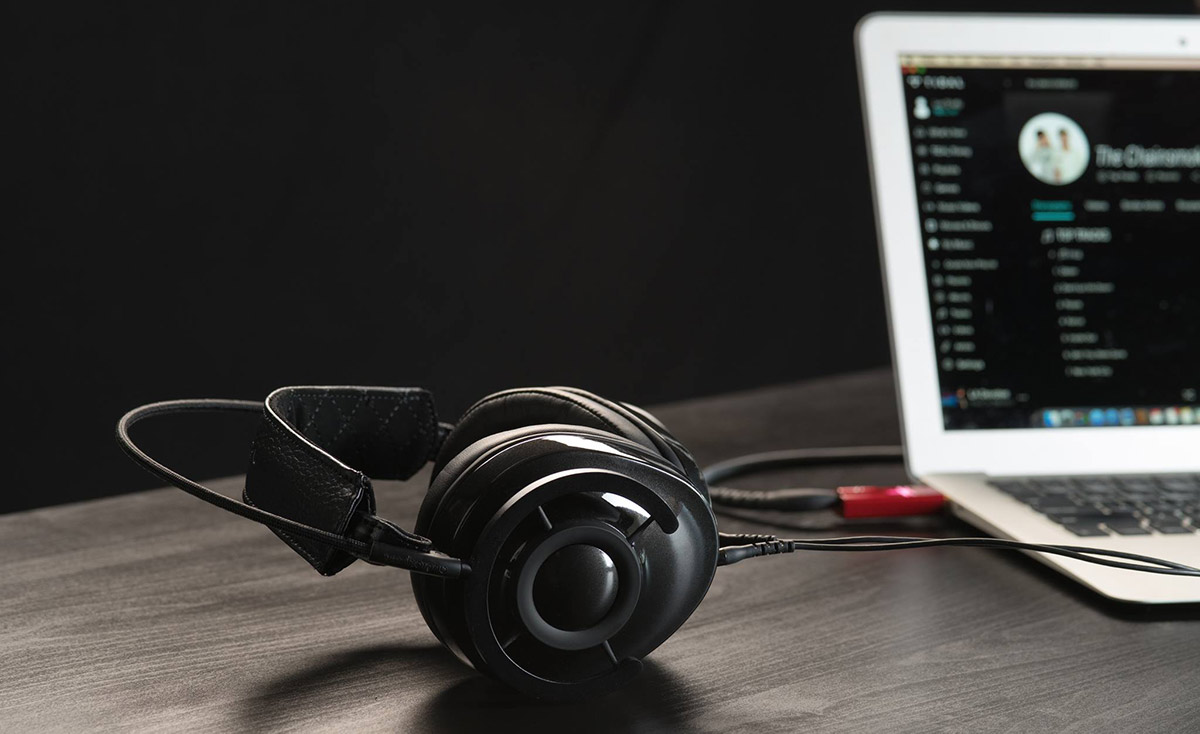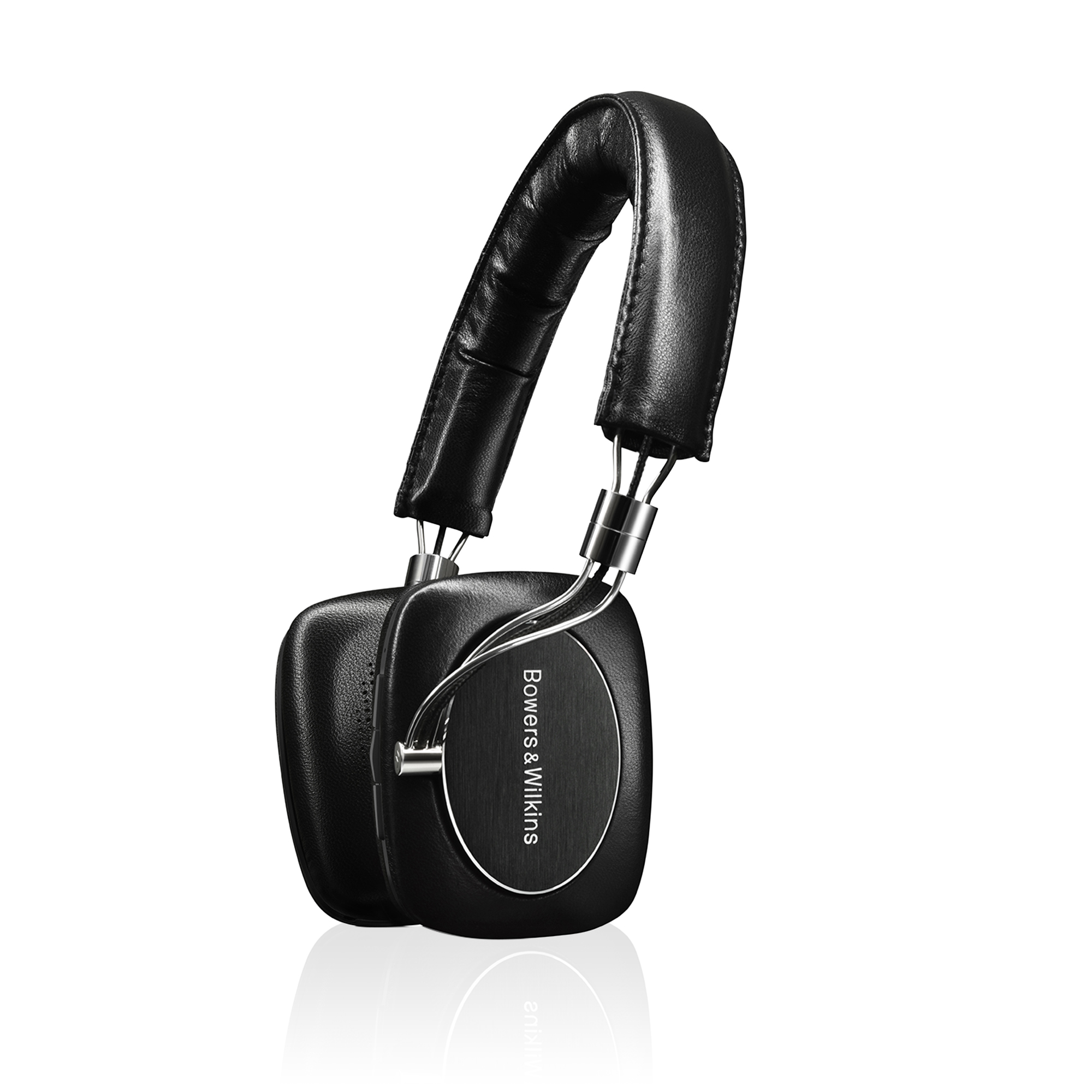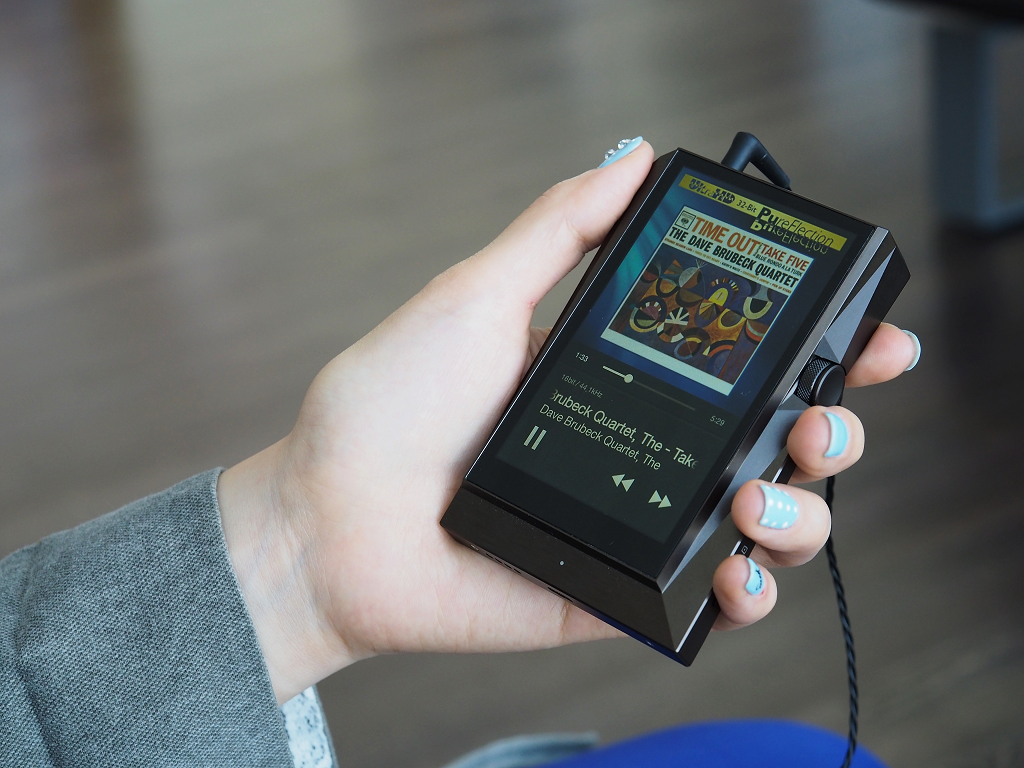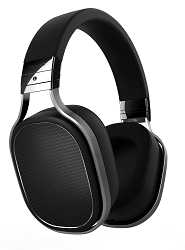Background
First things first I do not profess to be a reviewer however we are always being asked our opinions on two specific items we do here at Custom-Cable. To be honest with you the outcome is also of interest to me and it was interesting carrying out the back to back anyhow. Since the launch of the Arcam rDAC and the rDACkw I began to look into asynchronous transfer and it’s differences between that and standard USB transfer. At about the same time Musical Fidelity launched their M1 DAC which offered up sampling and a slightly higher buy price. At the time there was a fundamental difference between the two in that over USB the rDAC was async and the M1 DAC was not. Knowing that Musical Fidelity were going to introduce an async USB to S/PDIF convertor I thought that I would wait before doing a back to back with our dem stock so that I could do a comparison of the rDAC and M1 DAC + V-Link and see what worked best over optical, coaxial and also USB connections.

Setup – All our equipment was demonstration stock and all items had had a minimum of about 100 hours use. The factory supplied mains cable / supplies were used on the DACs. The laptop was not plugged in so no power supply can be argued to be adding noise. I realise that the system, cost wise is out of kilter with a circa £350 DAC however it should enable me to hear more of the differences between the units without being restricted by the rest of the electronics and speakers.

Equipment;
- Musical Fidelity M6 500i Integrated Amplifier
- Musical Fidelity M6 CD Player
- Clevo M570RU
- Arcam rDACkw
- Musical Fidelity M1 DAC
- Musical Fidelity V-Link
- ProAc Response D Twenty Eight
- AudioQuest King Cobra Interconnect
- AudioQuest Carbon USB
- Supra Trico Coaxial
- Supra Zac

Software;
- Robert Plant & Alison Krauss Raising Sand – Real Woman 24bit/96kHz (VLC Player)
- Michael Jackson 25th Anniversary Thriller – Thriller CD 16bit/44.1kHz
- Joss Stone The Soul Sessions – Super Duper Love (Are You Diggin On Me?) Pt 1
First Listening;
I started off using the M1 DAC over a coaxial connection from the CD Player and was immediately impressed, there was a very open sound-stage with rich deep bass when playing Joss Stone. I was not made aware of any sibilance in the treble and the vocals were clear but slightly further back than I had been used to. I then immediately switched to the rDACkw using the coaxial and I was expecting a much greater difference between the two units. However there was not a lot to mention, the Arcam was clean and open, with good imaging like the M1 DAC, the bass was tight and had depth. If anything the vocals on the Arcam were slightly further forward in the sound-stage and there were a few times where there treble appeared slightly harsher than that of the M1 DAC.

I then demoed the same track with optical on the M1 DAC and immediately could tell that the coaxial had more body, more bass and more treble, the overall musicality was still amazing and offered a very accurate sound-stage. The sonics actually sounded clearer on the optical connection than on the coaxial, however it was hindered by the sense of reduced accuracy on the instrument’s if that makes sense.
I switched straight to the Arcam rDACkw with optical and played the same track again, and to be honest I noticed the same differences. Lack of body and the guitar in the middle of the track didn’t have as much attack to it. There was a degree of bass that had also been lost, however the midrange was more prominent, probably due to the seemingly reduced amount of bass. The slight hesitation I have with the rDAC is that on this track the music did sound a little rushed, whereas the M1 DAC seemed to be slightly more laid back and slightly better timed. Maybe this is due to the upsampling clock of the M1 DAC.

Suffice it to say that I was not enjoying the optical connection as much as I did with coaxial, however there were not significant enough differences for me to not enjoy the music and tap my foot when playing all of the different configurations.
At this point I brought a few of my colleagues in to the demonstration, and went back to coaxial. After playing both back there was a 50/50 split of who liked what, some preferred the more upfront Arcam and some the M1 DAC. However one comment was “will the Arcam grate after a while of listening?”
With us all in the room I decided to go to the second track. Michael Jackson Thriller and started listening on the Arcam over coaxial. I was seriously taken a back, the entire track fell apart, details that I was used to with this track were missing and it sounded like the entire midrage had a sheath over it. There was still a good sound-stage but I certainly wasn’t tapping my foot this time, more asking myself what was going on. The track seemed rushed and not at all musical and the footsteps at the start of the track going from right to left across the sound-stage lost a lot of realism. I could not wait to turn that track off and go to the M1 DAC.
As soon as I switched to the M1 DAC still using coaxial, MJ was back. Vocals didn’t appear recessed, there was an amazing amount of openness in comparison to the rDACkw and the timing was back. The footsteps at the start of the track ended with a defined thump with every step taken, small artefacts near the back of the sound-stage where easily followed through the entire track and I was tapping my foot again…..Happy Bunny.

Asynchronous Testing;
Having just received our Musical Fidelity V-Link I was more curious as to the differences using this connection on the two DACS. I had downloaded a Robert Plant and Alison Krauss track from HD-Tracks running at 24bit/96kHz to try the two out. Admittedly this track is not renowned for being the best recorded however it was a track I was familiar with so decided to grab it.
My first choice was to start with the rDACkw using the AudioQuest Carbon. A.Mazing. What a wonderful reproduction. This is where the rDAC really does shine. The USB connection was very accurate, sound-stage was absolutely massive and the best bit was that there was absolute stability with the vocals and the instrument’s, not moving anywhere in the entire track. Timing was excellent and the vocals shone.
Time for the M1 DAC and the V-Link, using the Supra Trico into the coaxial on the M1 DAC. Again, hearing the same revolutionary differences between standard CD and High Def content the track was again completely different and actually sounded well recorded. It made it a lot easier to hear what exactly had happened with the mastering of the track and what technically happened in production. Differences here were not chalk and cheese between the M1 DAC and rDACkw as both were very good, however I would say that the M1 DAC and V-Link did offer preferential differences. I got a greater sense of depth with the M1 DAC and it seemed that Robert was singing higher up in the air if that makes sense. Whether that is down to a bigger sound-stage i’m not sure. There were very slight nuances and faint reverbs and things that could be heard on the M1 DAC that I didn’t hear on the rDACkw. I’m not sure if it wasn’t there on the rDACkw but I certainly wasn’t made aware of it using that DAC like the M1 DAC did. The track itself can easily show up a bad system and the DAC’s handled it with ease.

Conclusion;
For the money the rDACkw is a fantastic DAC especially when running over USB A-sync. However if you are after an all round DAC that is good for Optical, Coaxial and A-Sync USB then the M1 DAC + V-Link combo certainly gets my vote and that is with taking the money differences into consideration. The M1 DAC just sounds classier than the Arcam and maybe the right word is “refined”. The benefit with going for the Arcam over the M1 DAC is for wireless streaming, the Kleer Technology offered in the rDACkw is pretty much in a league of its own and if you have an rWand or rWave then the rDACkw really excels as it offers wireless CD Quality transmission from your computer or iDevice, something the M1 DAC cannot offer. If you don’t need this feature then I would suggest the M1 DAC + V-Link.





